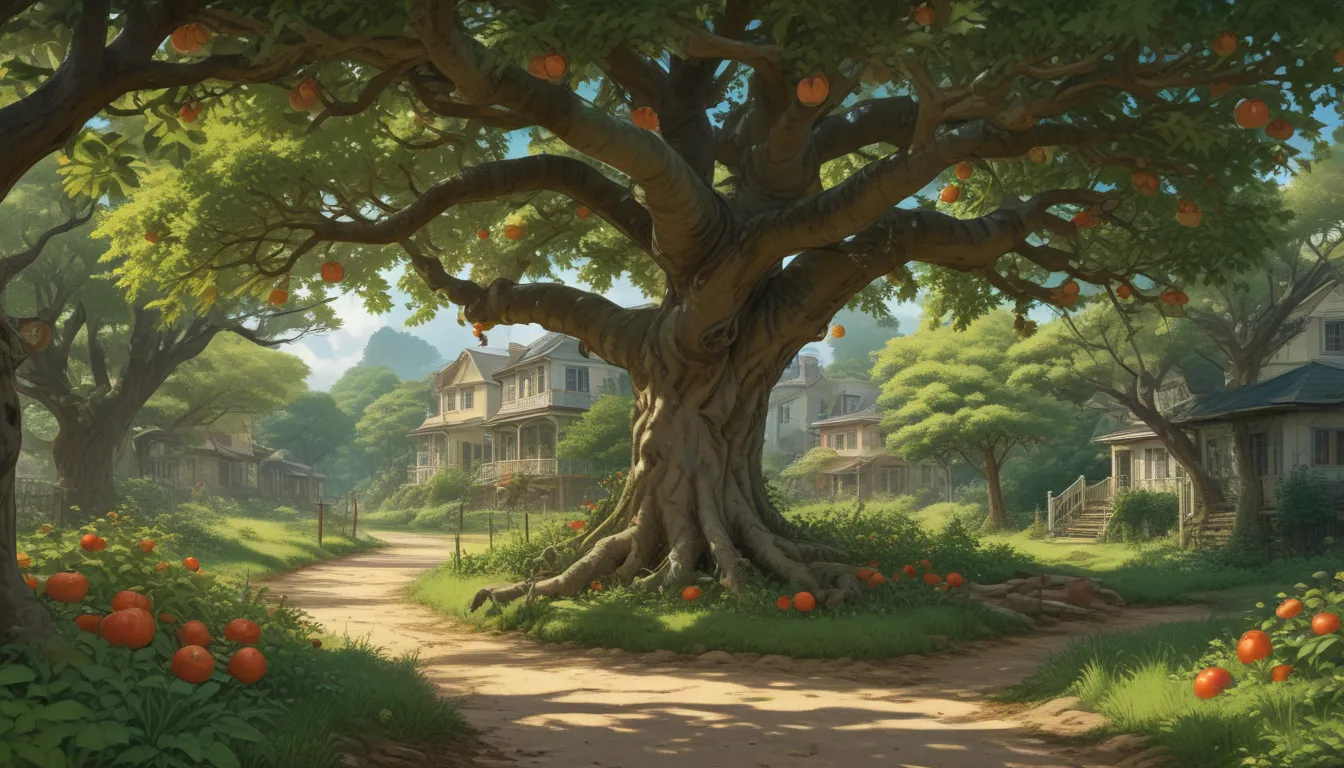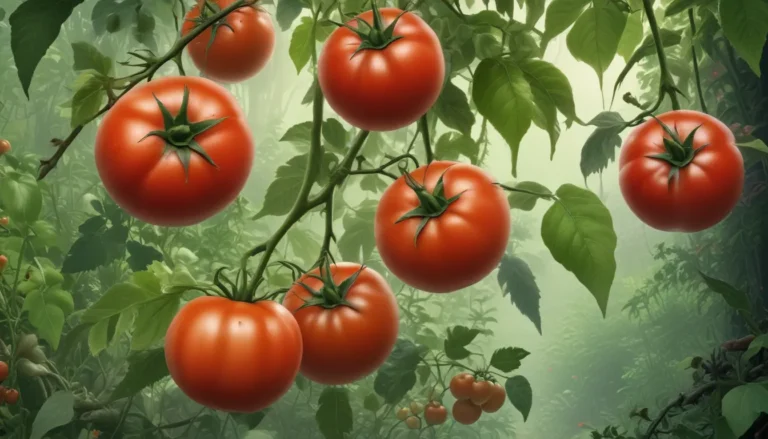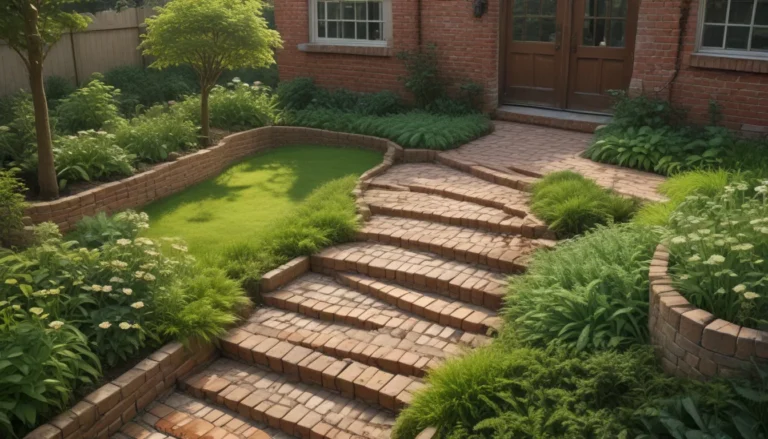Understanding Southern Blight and How to Protect Your Apple Trees

When it comes to plant diseases, one of the most common nightmares for gardeners is southern blight. This insidious fungal infection caused by Sclerotium rolfsii, also known as Athelia rolfsii, has the ability to infect hundreds of plant species and can survive in the soil for years. Apple and crabapple trees, black walnut trees, and roses are just a few of the many plants that can fall victim to this destructive disease.
What You Will Gain from this Article
In this comprehensive guide, you will learn everything you need to know about identifying and preventing southern blight on your apple trees. By the end of this article, you will be equipped with essential knowledge to keep your trees healthy and thriving. Here’s what you will learn:
- Symptoms to look out for on your apple and crabapple trees
- Effective strategies to prevent southern blight
- How age can make your tree more resistant to the disease
- Geographical factors that may impact the likelihood of infection
- Tips on avoiding southern blight to protect your trees
Symptoms to Identify on Apple and Crabapple Trees
The key to effectively combating southern blight is early identification. Once the symptoms become visible on your apple or crabapple trees, it may already be too late to save them. Look out for the following signs of infection:
- Sudden wilting of the tree
- Death of stems
- Yellowing leaves that remain on the tree
- Browning and dying of stems near the soil line
A distinct characteristic of southern blight is the presence of a web of white mycelia on top of the soil and along the lower stem or trunk. These mycelia will produce sclerotia, which are small, round structures measuring less than 1/8 of an inch in diameter. The appearance of these sclerotia is a clear indicator of a southern blight infection.
Preventing Southern Blight in Your Orchard
Prevention is key when it comes to dealing with southern blight. If you suspect the presence of this fungal disease in your area, take proactive measures to protect your apple trees. Here are some effective strategies to prevent southern blight:
- Avoid planting trees in areas known to harbor the fungus
- Maintain good hygiene practices by removing organic matter from the tree base
- Control weeds and prevent crop residues from accumulating under the tree
While there are currently no registered chemicals that can effectively control southern blight, practicing good hygiene and prevention measures can go a long way in protecting your trees.
Age and Resistance to Southern Blight
As your apple tree matures, it becomes more resistant to southern blight. Young trees, especially those aged one to three years old, are most susceptible to severe infections. The thickening of the bark with age makes it harder for the fungus to penetrate and cause infection, providing some degree of natural protection for older trees.
Geographical Considerations for Southern Blight
Southern blight is aptly named as it predominantly affects plants in the southern United States. Northern growers are typically spared from this destructive disease, although exceptions may occur. In the southeast Piedmont region and commercial orchards in Texas, southern blight has been reported as a significant problem for apple trees.
Avoidance is Your Best Defense
Considering the fatal nature of southern blight on apple and crabapple trees, avoidance remains your best defense. Do not take chances with the health of your trees – avoid planting in areas known to be contaminated with the fungus and diligently maintain a weed-free environment around your trees.
Have you had firsthand experience dealing with southern blight in your orchard? Share your insights and strategies in the comments below to help others facing similar challenges.
For more information on identifying and controlling apple tree diseases, check out these helpful guides:
- How to Identify and Control Apple Black Rot and Frogeye Leaf Spot
- How to Prevent and Control Powdery Mildew on Apple Trees
- How to Identify and Control Bot Rot on Apple Trees
By staying informed and proactive, you can protect your apple trees from the devastating effects of southern blight and ensure a healthy orchard for years to come.





